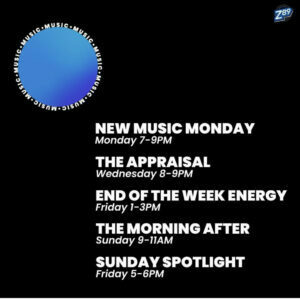This One Rule Helps the Latin Grammys Focus on ‘Truly New’ Best New Artist Nominees
More than 700 artists representing over 1,700 releases were submitted for best new artist consideration at the Latin Grammys this year, according to its officials, making it tough even for chart-topping names to make the final cut.
That’s because the Latin Academy’s rules for the category are very different from those of the Recording Academy for the Grammys. Earlier this year, the Grammys’ competition for best new artist read like a who’s who of chart-toppers, with winner Chappell Roan competing against Sabrina Carpenter, Shaboozey, Teddy Swims and more. The nominees reflect the definition of the category itself, which “recognizes an artist whose eligibility-period release achieved a breakthrough into the public consciousness and notably impacted the musical landscape.”
In contrast, according to the Latin Academy’s rules, a best new artist is “any performing artist or group who has not yet achieved a prominent level of regional recognition within the Latin market.” According to the organization’s chief awards, membership and preservation officer, Luis Dousdebes, “The Latin Recording Academy views the [category] as a platform to spotlight 10 emerging artists from the Ibero-American region on a global stage.”
While both academies share the minimum number of releases an artist must have to qualify (five singles/tracks or one album), there is no maximum number of releases for the Grammys. Yet at the Latin Grammys, as of 2021, there is a release limit of three albums or 15 singles, or any equivalent combination, though the Academy errs on the side of inclusion.
In an era where emerging artists deliver singles at a quick clip in hopes of gaining traction on social media and scoring a record deal, this ruling shrinks the pool of talent. But it also forces artists and their teams to put a premium on artistry over volume. Witness Joaquina and Ela Taubert, winners in 2023 and 2024, respectively, both of whom graduated from Julio Reyes Copello’s Arthouse program in Miami and are signed to Universal, which laid out a strategy of patience for their respective roads to a nomination.
“While the Latin Academy acknowledges the evolving industry trend of frequent single releases as part of modern music marketing strategies,” Dousdebes says, “it believes that placing a limit on the number of prior releases helps preserve the integrity and original intent of the category to recognize truly new and developing artists.”
This story appears in the July 19, 2025, issue of Billboard.
Powered by Billboard.

